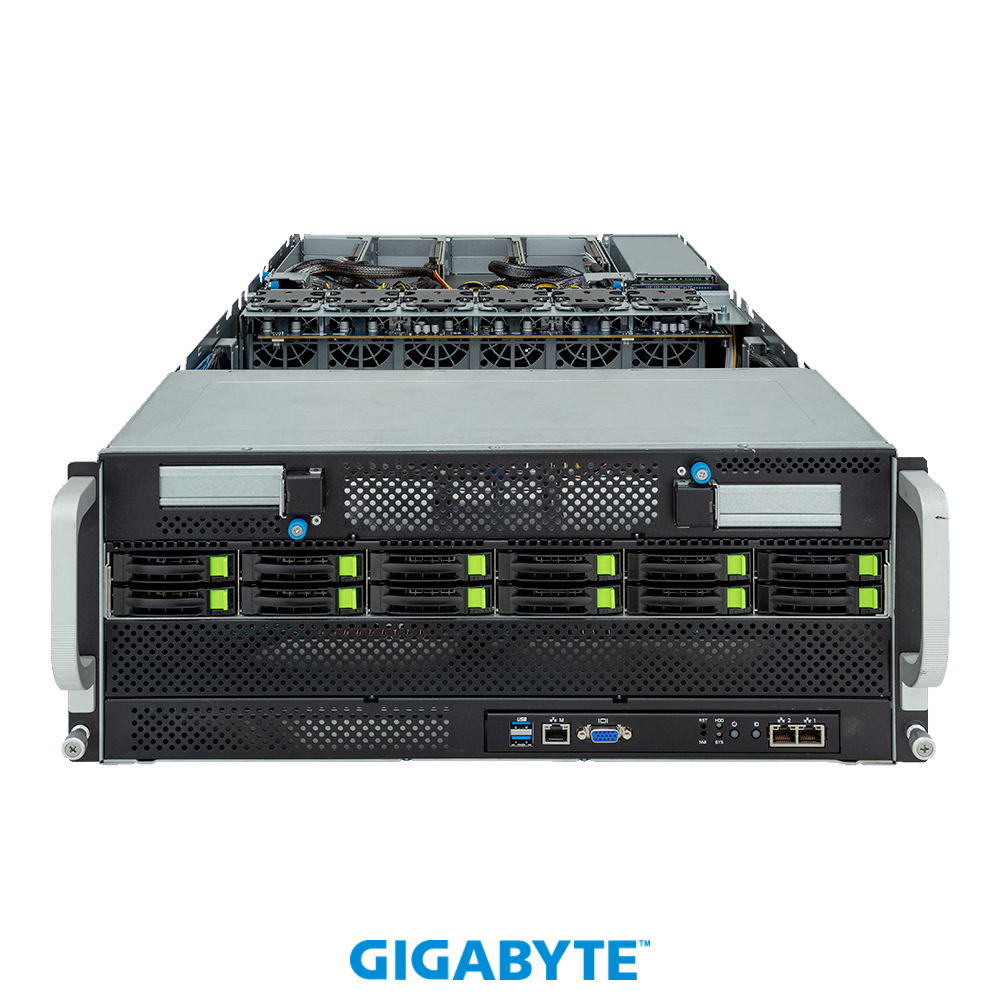Systems built for large tasks often depend on features that support speed, stability, and storage. These setups run processes across departments and handle multiple users at once. With the right setup, you can achieve your goals successfully.
Enterprise server solution settings are designed to manage growth and daily performance in demanding digital environments.
Scalability and expansion:
Enterprise server solutions are built with future growth in mind. These systems allow extra storage drives, additional memory, or more processors to be added later. This flexibility supports gradual adjustment as usage increases. Expansion slots and modular components make it easier to match changing demands without replacing the entire system.
Performance efficiency:
Servers in an enterprise setup manage many tasks at once. Multi-core processors, high memory capacity, and fast storage types are included to manage this pressure. These components allow data to move at faster rates, reducing wait times during data requests, large file transfers, or multiple logins at the same time.
Redundancy and backup support:
Redundancy features protect the system during hardware faults. Duplicate power supplies, fans, and storage arrays allow the server to continue working if one unit fails. This reduces service interruption. Enterprise servers are also designed to connect with automated backup tools that keep data stored on separate units or remote locations.
Remote management tools:
Enterprise servers usually come with remote access functions. These allow system checks, power control, or settings changes without needing to be near the physical machine. This saves time and helps manage problems quickly, especially for setups spread across multiple locations or during non-working hours.
Security features:
Security tools are often built into enterprise server systems. These may include user access controls, encryption functions, and logging features that track system changes. Such tools support better protection of files and keep track of system activity to flag anything unusual.
Network connectivity and speed:
Enterprise servers include multiple ports and support for high-speed connections. This helps link them to other systems, switches, and storage devices without delays. Load balancing tools also allow network traffic to be shared across different paths, which reduces the chances of slowdowns during peak usage.
Enterprise server solutions include several features such as expansion support, high-speed processing, and redundancy systems. They are designed to keep operations running during high usage and unexpected issues.


